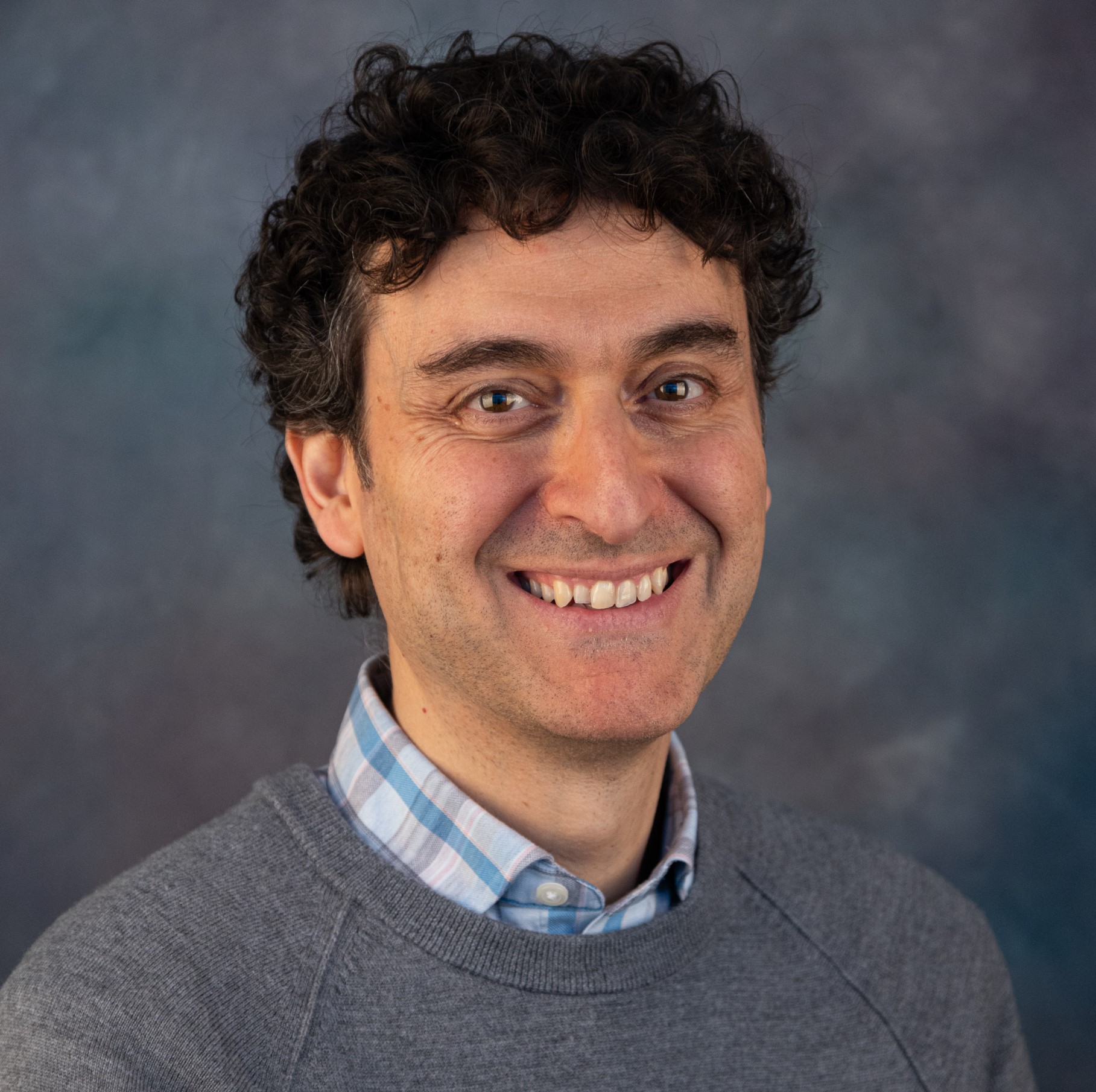The ability of lymphocytes to migrate and localize within the body is critical to the function of the immune system and also plays a role in disease settings such as autoimmunity. My laboratory is interested in understanding how a network of proteins called the cytoskeleton regulates the migration and cell-cell interactions of lymphocytes. In particular we focus on how cytoskeletal molecules, such as the Formin and Ena/Vasp proteins, generate the mechanical forces and shape changes required for lymphocyte migration during homeostasis and disease.

Currently, one of our research focuses is on a mouse model of multiple sclerosis, a chronic autoimmune-mediated disease of the central nervous system. Our work is aimed at understanding which specific cytoskeletal molecules play a role in lymphocyte exit from the blood flow and infiltration through the blood-brain barrier and entry into the Central Nervous System (CNS). Our long-term goal is to prevent the accumulation of autoreactive lymphocytes in the brain and spinal cord where they damage neurons.

A second focus of the lab is related to leukemia and lymphoma models. Our goal is to determine how cytoskeletal remodeling mediates the steps required for leukemia and lymphoma cell extravasation and infiltration into tissues with the goal of preventing or inhibiting metastasis of these types of tumors. This is particularly important since a significant number of leukemia and lymphoma patients relapse, with the relapse affecting organs such as the CNS. It has been proposed that tissues such as the CNS can act as ‘sanctuary’ sites that allow leukemia and lymphoma cells to escape treatments such as chemotherapy. Therefore, interventions that prevent leukemia and lymphoma dissemination can be valuable tools to increase the ability of combination therapies to achieve full remission or extend long-term survival of patients.
To address these questions my laboratory uses a combination of in vitro reductionist approaches and cutting-edge in vivo multi-photon microscopy. The in vitro systems allow us to study processes such as lymphocyte migration through the endothelial cells that form the walls of blood vessels in a setting that is amenable to experimental manipulation and high-resolution imaging of molecular dynamics. On the other hand, in vivo multi-photon microscopy enables us to characterize immune cell behavior within its physiological environment.

Click here for a list of Dr. Jacobeilli's recent publications.

